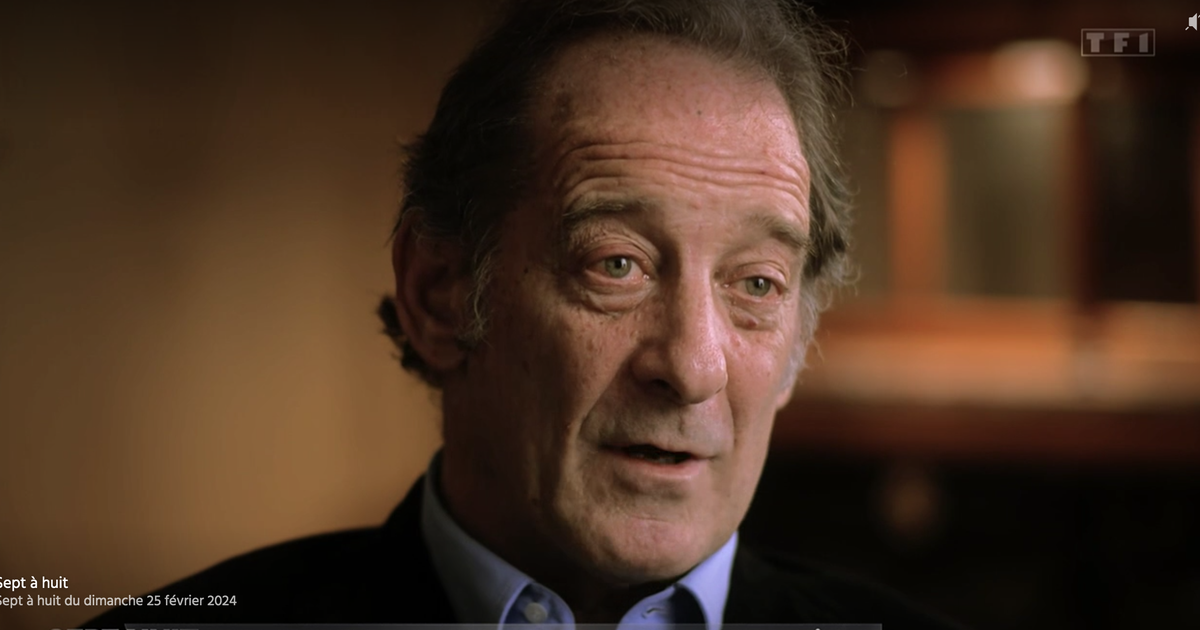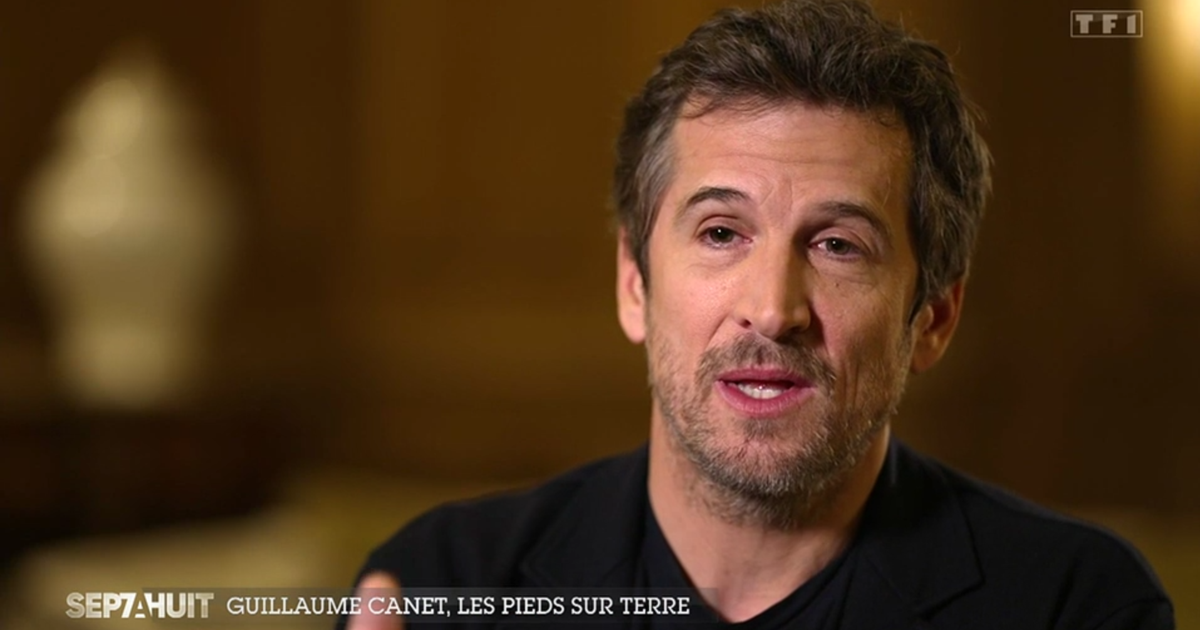Mara Dierssen, pictured in Dénia on October 30. Mònica Torres
Mara Dierssen shows a great ability to divulge the secrets of an organ as unknown as the brain.
She dominates the stage.
Even when this 61-year-old neurobiologist from Santander sings with her pop-rock group, From Lost To The River, she adheres to the classic maxim of teaching by delighting.
Supervisor of the Center for Genomic Regulation of Barcelona, Dierssen is one of the most prominent researchers in the international field of Down syndrome and an advocate of contact with the patient, the object of study, as she stresses in this interview that took place in front of the sea de Dénia (Alicante), after his participation in the Festival de les Humanitats.
QUESTION.
How did you come to study the brain?
RESPONSE.
As a child I lived with the scientific method of my father [the neurosurgeon Guillermo Dierssen] and the artistic sensibility of my mother [the painter Trinidad Sotos].
I was also bilingual: I was used to the structure of German —in which you wait until the end of the sentence to find out what's going on—, which combined with Spanish, which is more dynamic.
All of this gives you great mental flexibility.
At home, on Sundays we debated and in the end I developed critical thinking.
That was the engine to dedicate myself to science.
I wanted to study the brain, but not be a neurosurgeon.
I am an empath and I put myself too much in the patient's shoes.
Then I found a way to connect with people with transactional neuroscience.
I study Down syndrome and I know families and their reality.
More information
Elsa Dorlin: "We have reduced feminism to equality"
Q. You emphasize the importance of emotion, when topically it is opposed to the cerebral.
A. Our oldest system in the brain is the emotional system: emotions have tremendous adaptive value.
We survive because we are afraid and we protect ourselves.
We feel pleasure with social relationships and we can maintain the species.
That permeates all systems.
People who do not have emotional capacity make worse decisions.
When you have to make an important decision, it is better to let yourself go, not think about it too much, because when there is an overload of information, our brain tends to apply cognitive biases [a misinterpretation of information].
If you're going to buy a house, buy the one with which you say: “Oh, this is the one I want”.
Q. Human beings have evolved thanks to the plasticity of the brain, but at the same time they can be their own worst enemy, right?
R. Not the worst either, plasticity is very positive.
But that ability to change the brain makes it more vulnerable.
Genes related to schizophrenia have to do with plasticity;
Genes of this plasticity are risk factors for Alzheimer's: the regions that degenerate first are the most plastic.
There is a certain relationship between plasticity and vulnerability.
“It is very hard to have a child and compete as a scientist.
Parental leave must be extended"
Q. There are extraordinary brains among people with disorders
R. Differences have been seen in connectivity, some features suggest that they are hyperconnected brains.
There are much smarter than usual people with Asperger syndrome.
There is a trend in neuroscience that studies these extraordinary brains.
P. Santiago Ramón y Cajal affirmed a century ago that there are infinite continents to be discovered in the brain.
Can we say the same today?
A. Yes, although we know much more.
The fundamental question remains: how does mental activity emerge from that chemical, electrochemical, cellular, systems amalgamation, from all those time scales, from nanoseconds to years, from the atomic to the macroscopic?
How do the ideas come out?
And the creativity?
Q. Or spirituality?
A. Patients with epilepsy have been able to remove the area that produces the seizures.
In order to do so, they must be aware.
Brain stimulation maps have been made there.
There have been cases where touching certain areas gives you near-death experiences, where you see yourself from the outside.
They also refer to mystical experiences.
It is quite possible that there is a neural substrate, but it is difficult to determine which one.
Q. Can you summarize your landmark study on green tea, which appears to improve learning in people with Down syndrome?
A. When one learns, small biochemical changes occur in the cells that translate into plasticity at a structural level.
This generates more physical connections between neurons.
We verified that the brains of trisomic mice were not capable of generating this plasticity.
So we studied which genes could be related.
We found one, DYRK1A: increasing the dose by 50% produced plasticity alterations very similar to those in mice.
This is all very well, but you can't do gene therapy on people.
So we thought: "Let's see if there is a compound that allows us to act on DYIRK1A to inhibit it."
And, indeed, a molecule present in green tea reversed the cognitive alterations in trisomic mice.
We did four trials.
It has modest effects, but it improves certain cognitive functions,
adaptive capacity and part of the prefrontal functions related to language.
Always accompanied by effort, of course.
The fundamental question remains: how do ideas come about?
And the creativity?
Q. When does stigmatization of intellectual disability occur?
R. People innately tend to reject what is different and the recognition of fear is activated.
But it is something that culturally you can ignore.
Exposure often reduces stigma.
Stereotypes condition people's opportunities.
It's worrying.
Girls are told they are worthless in science when they are six years old, according to a
Science
study , when in fact they do better in math, for example.
Q. How has your experience been as a woman scientist?
R. I have suffered injustices.
It is a fight in which we must all be involved.
Now there are women scientists at the base, but they are getting lost along the way.
It is very difficult to combine maternity and competitiveness.
It is possible, I have four children.
I was lucky, I have a smart husband, he supported me in everything.
Parental leave must be extended.
There are also biases in the evaluation.
We know, and there is data, that women are more doubted.
We recently did a test: with the same curriculum, the man came out almost twice over the woman.
And the evaluators were men and women.
We are all biased.
The problem is that the situation in 20 years has hardly changed.
There are 30% female researchers, but in leadership positions, less than 3%.
Nobel Prize winners are barely 4%.
Subscribe here
to the weekly newsletter of Ideas.
Subscribe to continue reading
Read without limits
Keep reading
I'm already a subscriber





/cloudfront-eu-central-1.images.arcpublishing.com/prisa/B7F2F3HZ2JCUHDZJKAGKAXXPSU.jpg)









